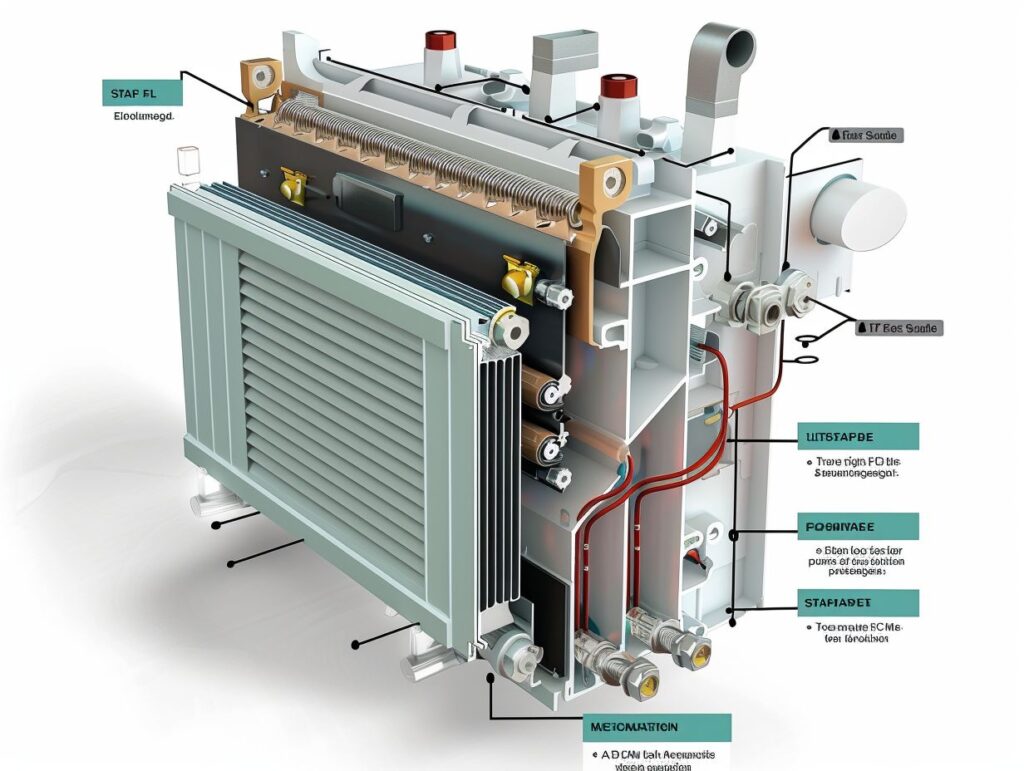If you are seeking more information on living room radiators and their functionality, this article will provide a detailed examination. We will examine the various types of radiators suitable for your living area, evaluate their characteristics, provide guidance on installation and upkeep, and delve into the effectiveness and cost-effectiveness of utilising radiators for heating purposes.
Furthermore, we will address prevalent problems and troubleshooting methods, as well as consider alternative heating choices for your living room. Keep reading to uncover a comprehensive overview of living room radiators and their associated aspects.
Key Takeaways:
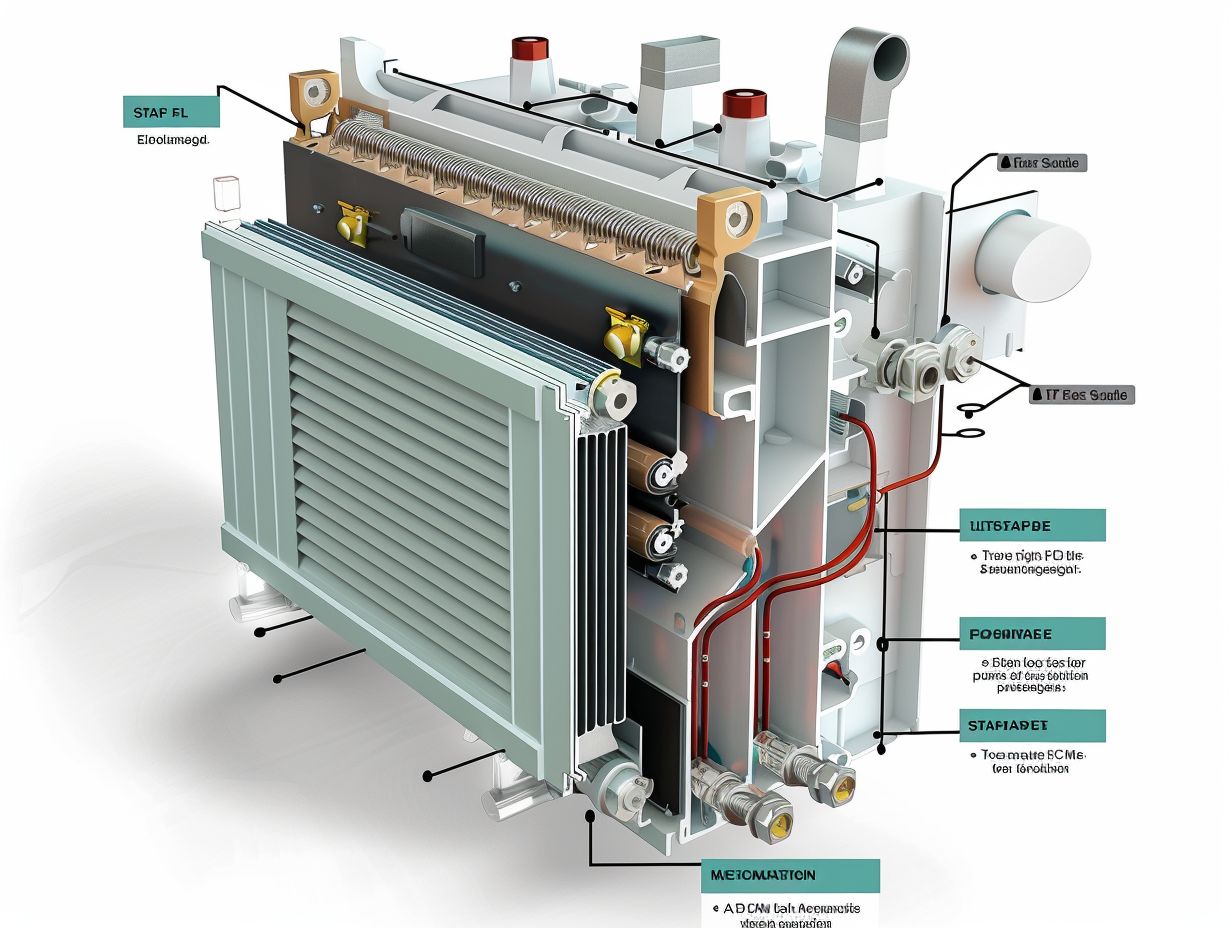
- Radiators work by using hot water or steam to heat up a metal surface, which then radiates heat into the room.
- Proper installation and maintenance of living room radiators is crucial for efficient and cost-effective heating.
- Understanding the different types of radiators and their efficiency can help save on energy costs and troubleshoot common issues.
Types of Living Room Radiators
Different types of living room radiators are available to meet various heating requirements, including traditional central heating radiators and contemporary electric radiators. Each type provides distinct features like effective heat dispersion, precise temperature regulation, and well-maintained water flow to ensure optimal heating efficiency.
Comparison of Different Types
When comparing different types of radiators, factors such as heating efficiency, heat distribution, temperature control, and overall performance play a crucial role in selecting the most suitable option for your home.
Whether you opt for traditional radiators with radiator valves or modern electric radiators with programmable thermostats, understanding the benefits and limitations of each type is essential.
Traditional radiators, powered by hot water or steam, are known for their reliable and consistent heat distribution throughout a room.
On the other hand, electric radiators offer rapid heat-up times and precise temperature control, making them ideal for rooms that require instant warmth or specific heat settings.
While traditional radiators are often favored for their energy efficiency, electric radiators are preferred for their flexibility and ease of installation. Both types have their unique advantages, and the decision ultimately depends on your heating needs and preferences.
Installation and Maintenance
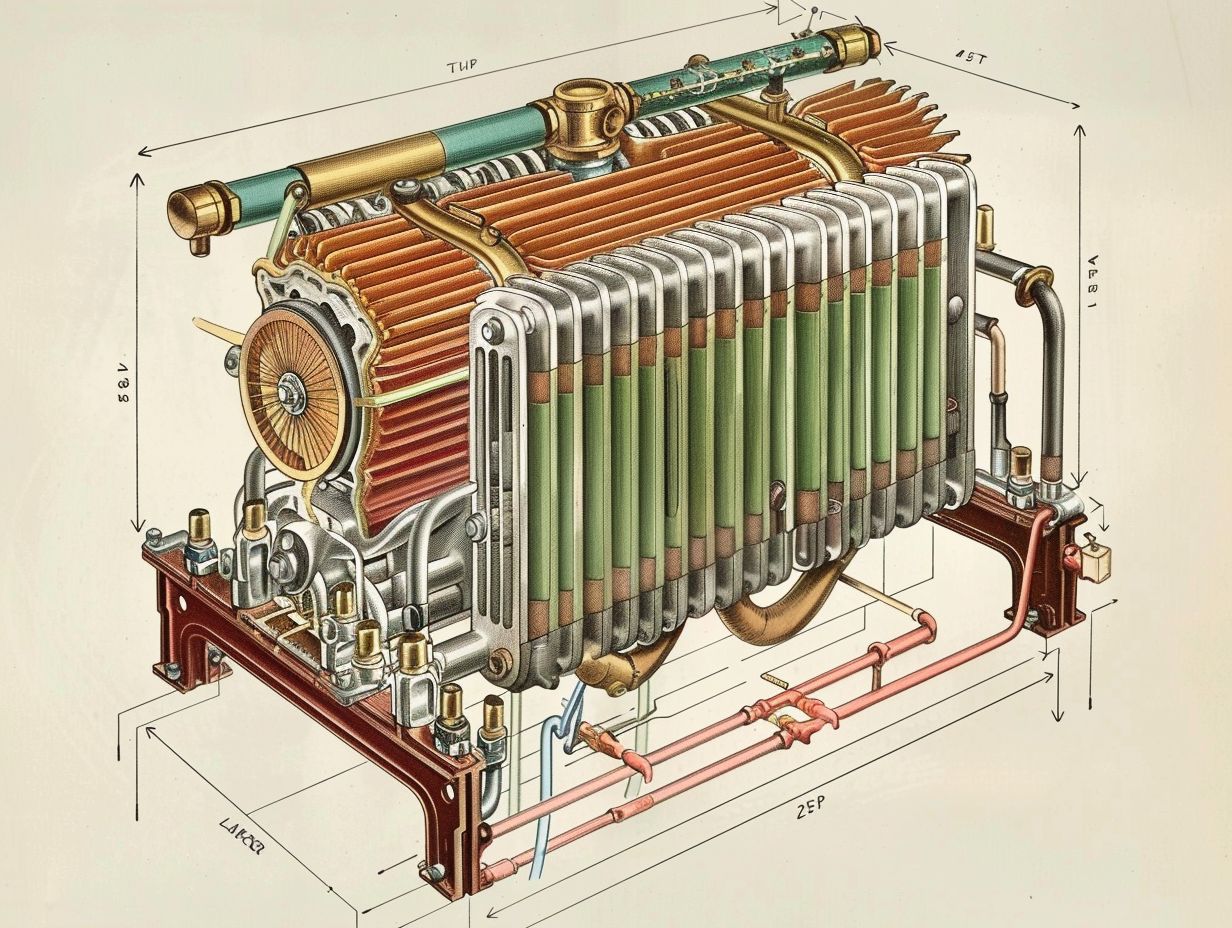
Ensuring the proper installation and regular maintenance of radiators is crucial to guarantee efficient heat circulation and optimal performance of your heating system.
Tasks such as inspecting radiator valves for correct flow, balancing the heating circuits, and maintaining adequate air circulation around the radiators are essential to prevent potential issues and maximise the functionality of your heating system.
Tips for Proper Installation and Maintenance
Regarding the installation and maintenance of radiators, following some key tips can help enhance their efficiency and longevity.
You should ensure proper balance in heating circuits, check for air circulation blockages, and regularly inspect radiator valves for smooth flow to keep your heating system running smoothly.
Along with these practices, it is advisable that you bleed your radiators regularly to release any trapped air, which can impede their performance. Maintaining a consistent temperature setting on your thermostat can also contribute to the overall efficiency of your heating system.
Utilising a corrosion inhibitor in the system can prevent the build-up of rust and debris, prolonging the lifespan of your radiators.
By implementing these simple yet effective maintenance tips, you can ensure optimal functionality and energy savings in your heating setup.
Efficiency and Cost Savings
To achieve optimal efficiency and cost savings with your heating system, you must consider a variety of factors. These include ensuring proper insulation, utilising energy-efficient radiators, and implementing smart heating controls.
Whether you opt for electric radiators for their quick heat-up times or traditional central heating systems with programmable thermostats, it is crucial to strike a balance between comfort and energy conservation.
How Radiators Can Save on Energy Costs
You can achieve significant energy cost savings by ensuring that your radiators operate efficiently and maintain a balanced heat distribution throughout your living space.
To optimise heating performance and reduce overall energy consumption and utility expenses, consider implementing smart heating controls, performing regular maintenance, and using energy-efficient radiator models.
Improving heat transfer efficiency and ensuring that the heat output meets the specific requirements of each room are essential aspects of energy conservation that radiators facilitate. Energy-efficient radiators leverage advanced technology to enhance heat retention and minimise heat loss, resulting in reduced energy bills.
By regulating temperature more effectively, these heating solutions create a comfortable living environment while decreasing energy waste. With the ongoing advancements in energy-efficient heating solutions, homeowners can now achieve improved temperature control and cost savings simultaneously.
Common Issues and Troubleshooting
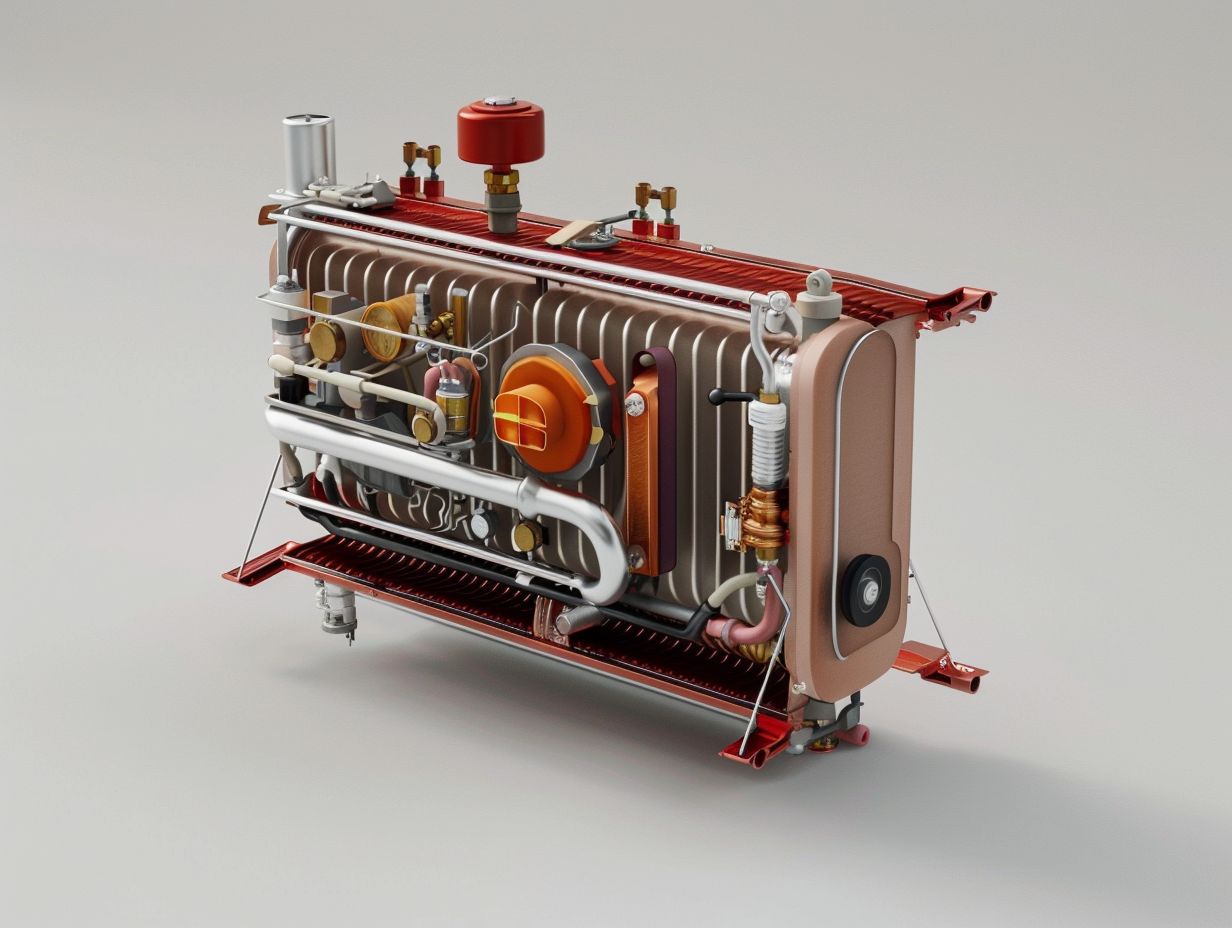
Recognising and addressing common radiator issues is crucial for ensuring the optimal performance and comfort of your heating system in the living room.
Whether you are facing challenges with malfunctioning radiator valves, inefficient heating operations, or inconsistent heat distribution from steam radiators, the ability to identify the underlying causes and apply appropriate solutions is vital for effectively resolving heating issues.
How to Identify and Fix Common Problems?
When you encounter common radiator issues such as uneven heating, unusual noises, or cold spots, employing a systematic approach to identification and troubleshooting is crucial for identifying the root causes.
Conducting a thorough assessment of valve functionality, optimising the heating system’s balance, and ensuring precise room temperature control are practical steps that can effectively address common heating concerns.
For example, if you observe variations in room temperatures where some are consistently warmer than others, this may indicate the need to rebalance the radiators or adjust the heating system’s flow.
Similarly, if you detect banging or clanging noises emanating from the radiator, bleeding the unit could release trapped air responsible for these sounds. In cases where specific areas remain persistently cold, it is advisable to verify the insulation around the pipes or consider upgrading to thermostatic radiator valves to uphold a balanced and efficient heating system.
Alternative Heating Options for Living Rooms
When considering alternative heating options for your living room, you have the opportunity to increase comfort levels and save energy compared to traditional radiator systems.
Electric heaters, underfloor heating (UFH) systems, and cutting-edge technologies that utilise kinetic energy or solar power are all viable options to explore. By evaluating alternative heating solutions, you can improve the warmth and efficiency of your living space whilst also decreasing your environmental footprint.
Exploring Other Heating Methods
When considering heating options for your living room, it is beneficial to explore innovative methods beyond traditional radiator systems.
By embracing alternative heating technologies, such as electric heaters and underfloor heating systems, you can introduce energy-efficient and sustainable solutions that may revolutionise the way you heat your living space.
Electric heaters are increasingly popular due to their quick and customisable heat output. They allow individuals to adjust the temperature in specific areas without the need to heat the entire house.
On the other hand, underfloor heating (UFH) systems provide a luxurious and discreet heating solution that ensures even heat distribution across the floor. This creates a comfortable atmosphere that emanates warmth from the ground up.
These advanced technologies not only improve energy efficiency but also contribute to a contemporary and elegant interior design.
Frequently Asked Questions
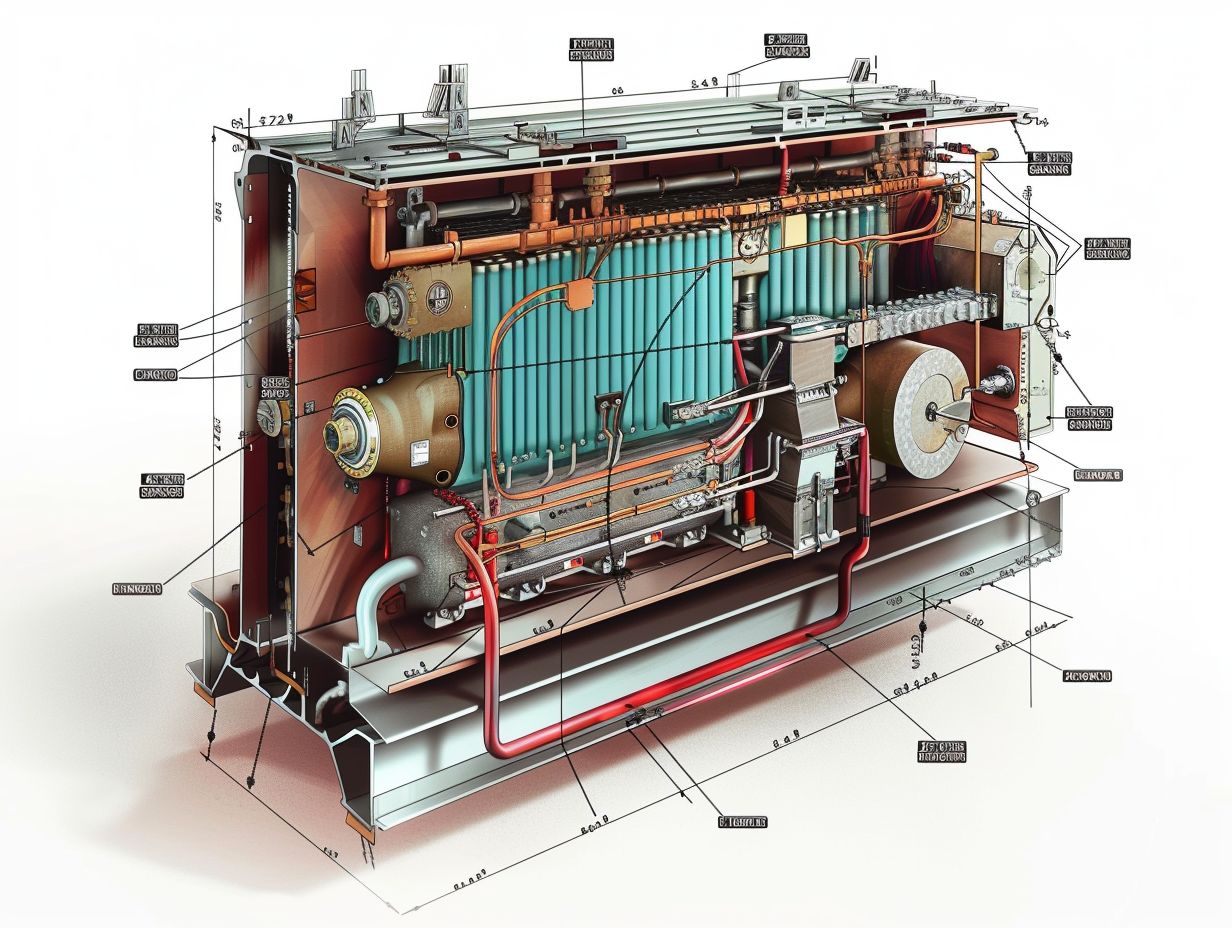
How Do Living Room Radiators Work?
Living room radiators work by using a heating element, usually hot water or steam, to warm up the surrounding air and then circulate it throughout the room.
How does the heating element in a living room radiator heat up?
The heating element in a living room radiator is connected to a central heating system, which is responsible for heating up the water or steam that passes through it.
What type of fuel is used to power living room radiators?
Living room radiators can be powered by a variety of different fuels, including gas, electricity, or oil.
Do living room radiators require maintenance?
Yes, living room radiators require regular maintenance, such as bleeding air from the system, to ensure they continue to function efficiently.
Can I control the temperature of my living room radiator?
Yes, most modern living room radiators come with a thermostat that allows you to control the temperature and make adjustments as needed.
Are there any eco-friendly living room radiators available?
Yes, there are many eco-friendly options for living room radiators, such as electric radiators or those that utilise renewable energy sources.

